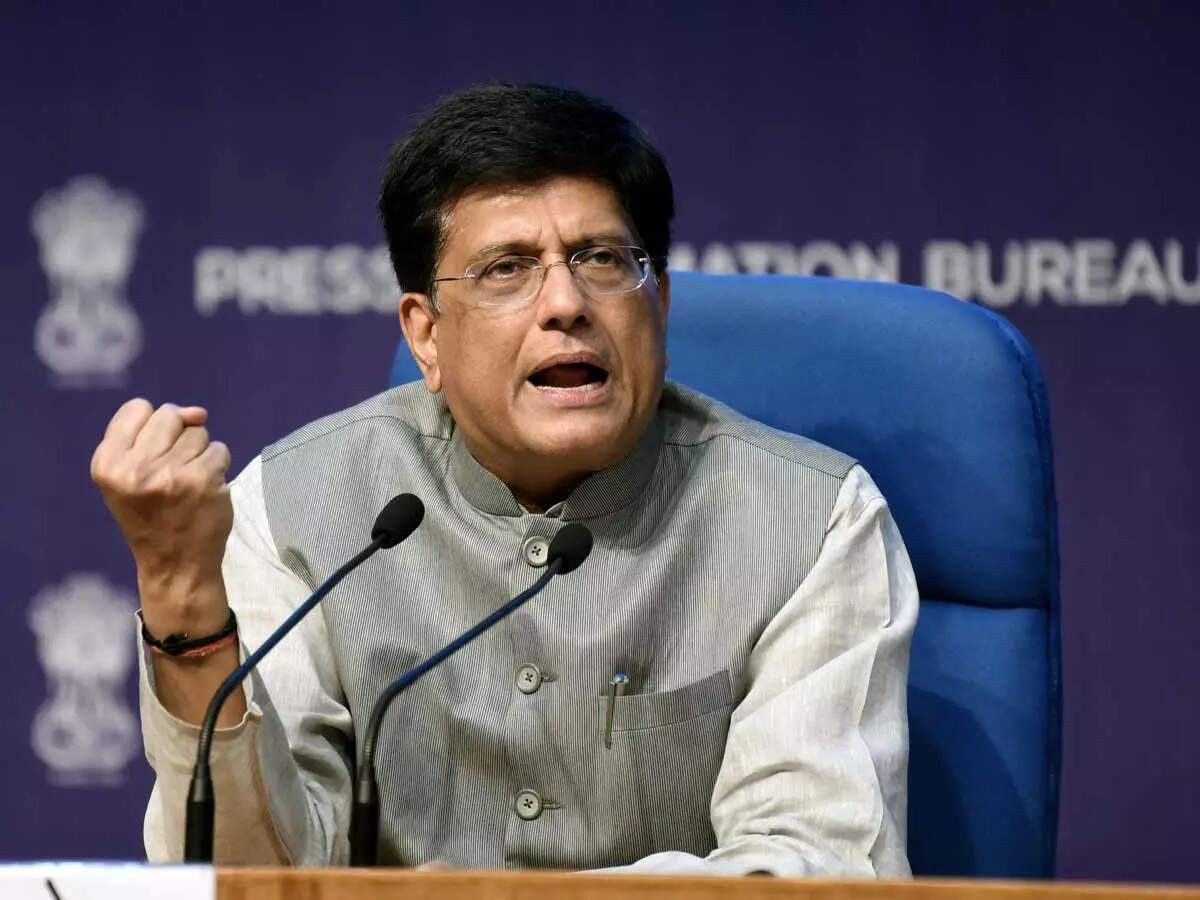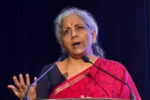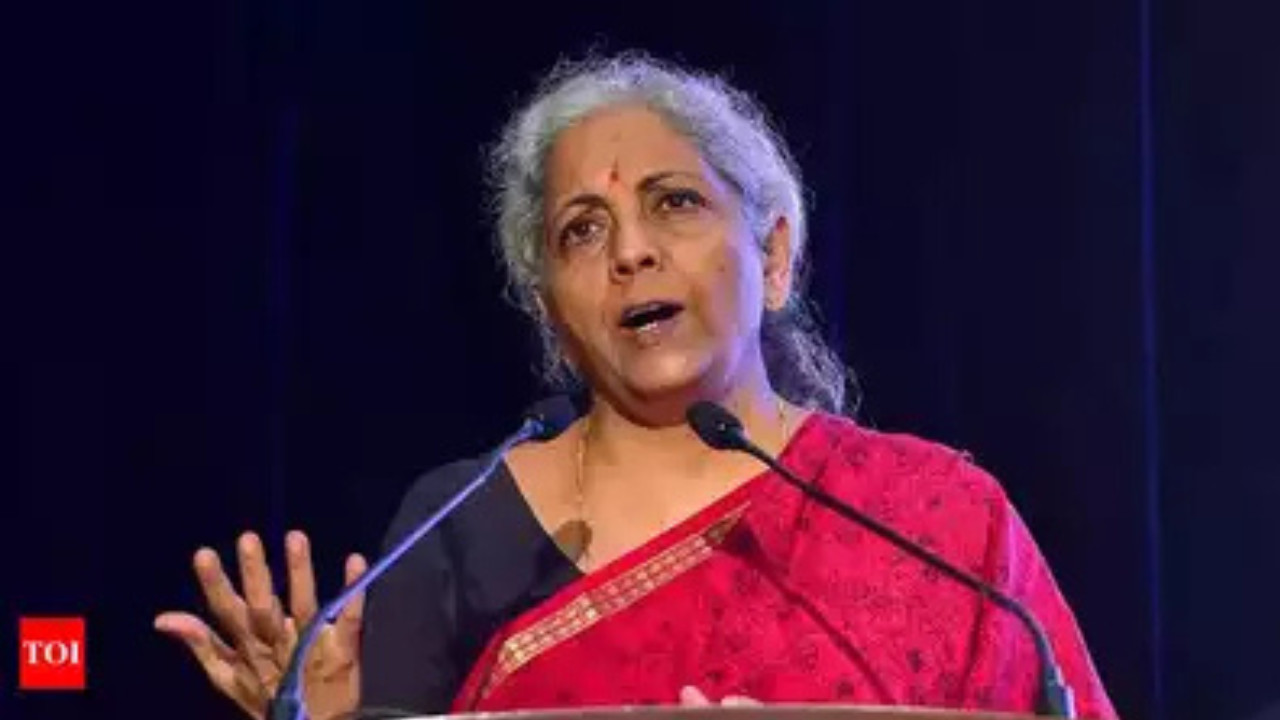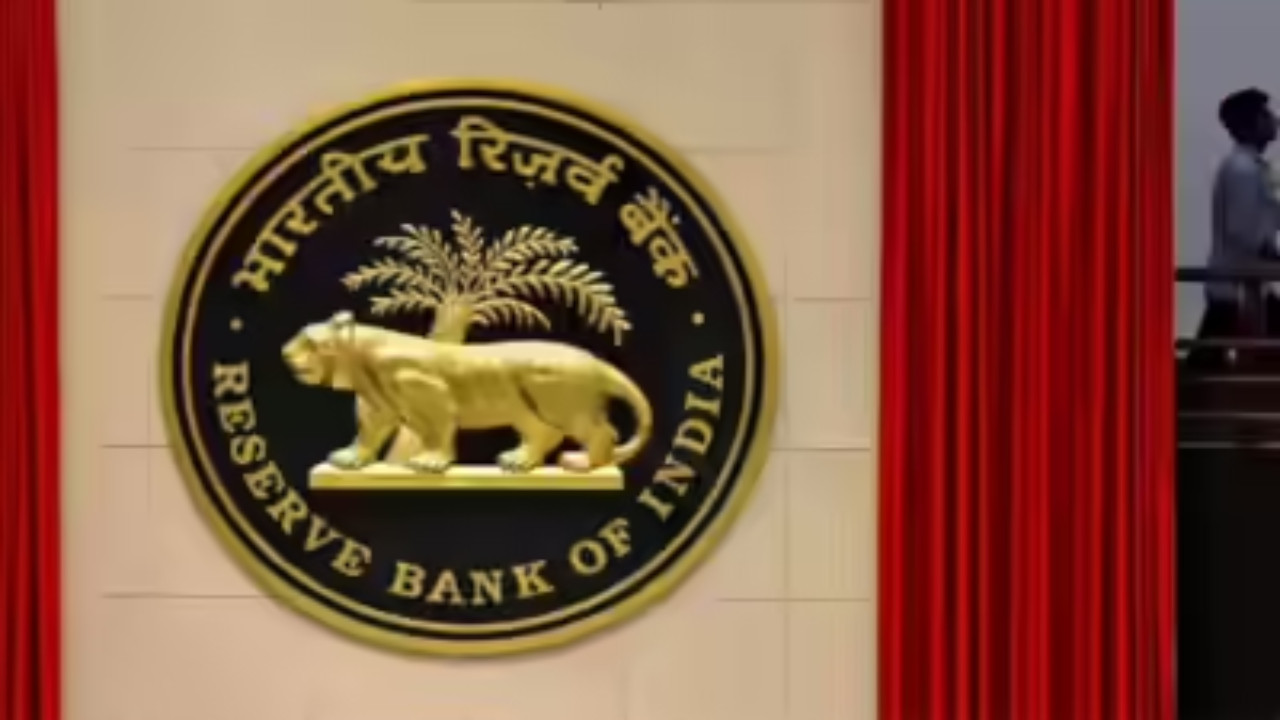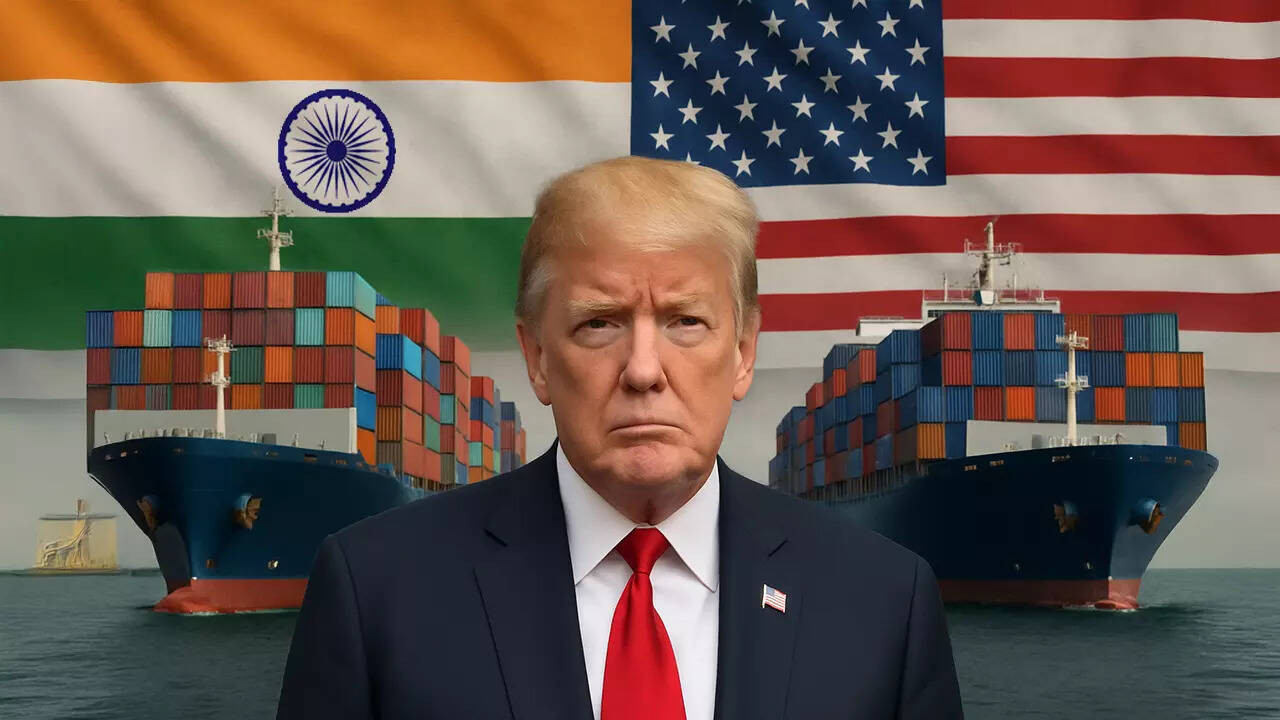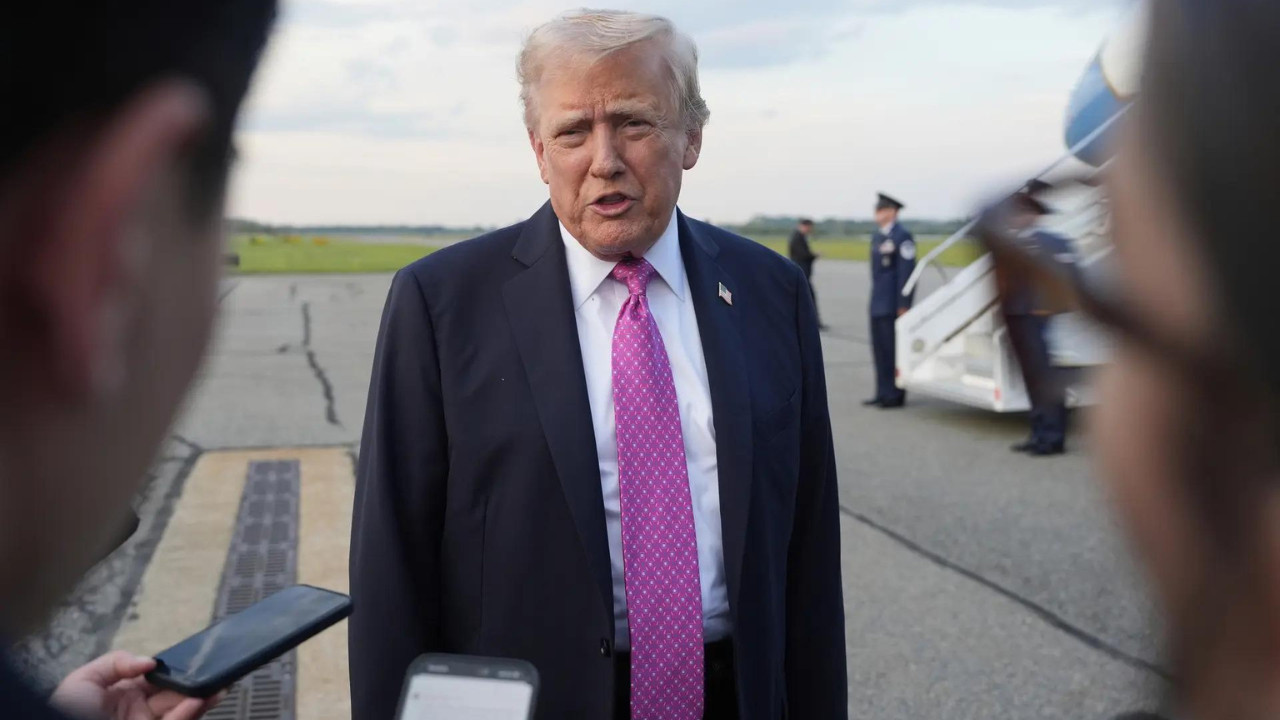India is actively engaged in free trade agreement (FTA) negotiations with key partners like the EU, US, Chile, and Peru, according to Commerce Minister Piyush Goyal. He emphasized the world’s interest in India as developed economies seek trade discussions.
India’s Trade Ambitions: A Web of Deals in the Making
India’s playing a high-stakes game of global trade chess, and the pieces are moving fast. Forget leisurely afternoon tea; Trade Minister Piyush Goyal recently painted a picture of intense, around-the-clock negotiations aimed at forging new Free Trade Agreements (FTAs) with key economic players worldwide. Think dawn-til-dusk discussions, fueled by ambition and the promise of unlocking significant economic opportunities.
The scope of these discussions is impressive. Goyal specifically mentioned the United States, Chile, and the European Union as priority partners. But the picture is far broader. India’s actively engaging with a diverse range of countries, signaling a strategic push to diversify its trade relationships and reduce reliance on any single market. Why the urgency? The answer lies in the potent combination of a rapidly growing economy and a desire to enhance its position on the global stage.
Why FTAs Matter: More Than Just Lower Tariffs
It’s easy to think of FTAs simply as agreements to lower tariffs, but they’re much more than that. They are complex pacts that can reshape entire economies. Beyond tariff reductions, they encompass a wide array of provisions designed to facilitate trade, including:
* Streamlined Customs Procedures: Imagine goods flowing seamlessly across borders, without getting bogged down in red tape. That’s the promise of simplified customs processes.
* Intellectual Property Protection: Ensuring that innovation is rewarded and protected is crucial for fostering growth in knowledge-based industries.
* Investment Promotion: FTAs can create a more stable and predictable investment climate, attracting foreign capital and boosting domestic industries.
* Standards Harmonization: Aligning standards across different countries makes it easier for businesses to export their products and services.
All these elements contribute to a more open, competitive, and dynamic trading environment. A successful free trade agreement, like the ones India is pursuing, can act as a catalyst for economic growth and job creation.
The US, EU, and Chile: A Trio of Key Relationships
The focus on the US, EU, and Chile highlights India’s strategic priorities. A deal with the United States, the world’s largest economy, would provide a massive boost to Indian exports and investment. The European Union, with its vast internal market and sophisticated consumer base, represents another significant opportunity. And Chile, a gateway to Latin America, offers access to new markets and resources.

Negotiating these deals is no easy task. Each partner has its own priorities and concerns. Striking a balance that benefits all parties requires skillful diplomacy, a deep understanding of each country’s economic landscape, and a willingness to compromise. The “subah se shaam” (dawn till dusk) intensity that Goyal described is a testament to the complexities involved.
The Geopolitical Dimension: India’s Balancing Act
India’s pursuit of FTAs also has a clear geopolitical dimension. At a time of increasing global uncertainty and rising protectionism, these agreements demonstrate India’s commitment to open trade and international cooperation. They also allow India to diversify its economic relationships, reducing its vulnerability to geopolitical shocks. For more on India’s place in global trade, see our recent article about [India’s export strategies](internal-link).
Furthermore, successful trade deals strengthen India’s position as a major player in the global economy, giving it greater influence in international forums and allowing it to shape the rules of the game.
Beyond the Headlines: What’s Next?
While the ongoing negotiations are encouraging, it’s important to remember that FTAs take time to finalize. There will be setbacks, compromises, and potentially even some deals that don’t come to fruition. But the fact that India is actively engaged in these discussions is a positive sign.
The next few months will be crucial. We can expect further rounds of negotiations, detailed discussions on specific issues, and ultimately, some hard choices. The success of these efforts will depend on the commitment of all parties involved, their willingness to find common ground, and their ability to navigate the complexities of international trade.
In conclusion, India’s aggressive pursuit of Free Trade Agreements is a bold move that could reshape its economic future. While the road ahead is undoubtedly challenging, the potential rewards – increased trade, greater investment, and a stronger position on the global stage – are well worth the effort. The world watches to see if these dawn-to-dusk deals will deliver a brighter economic future for India.
